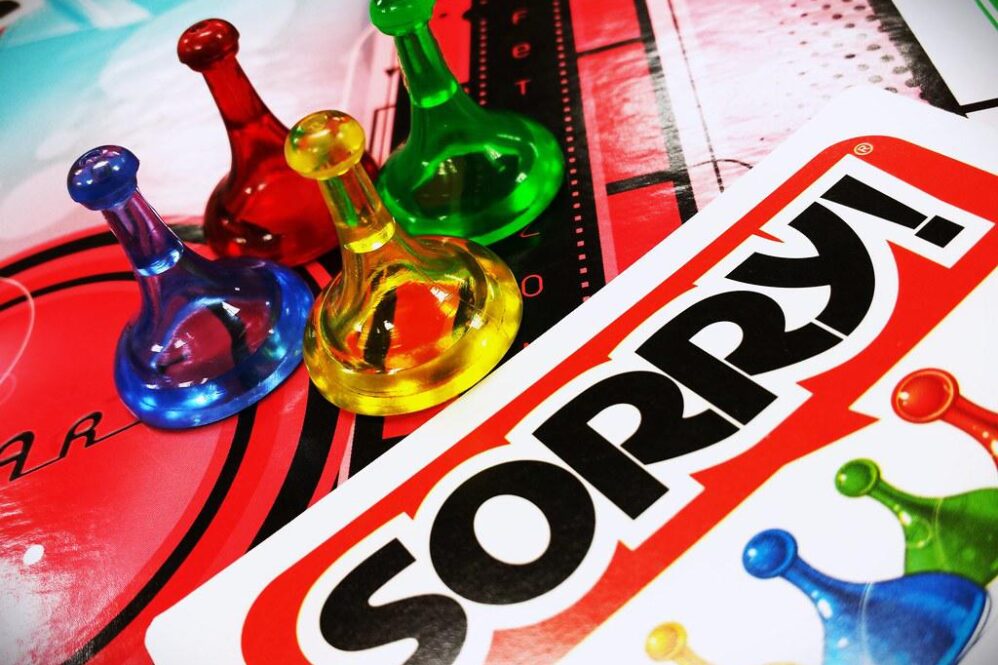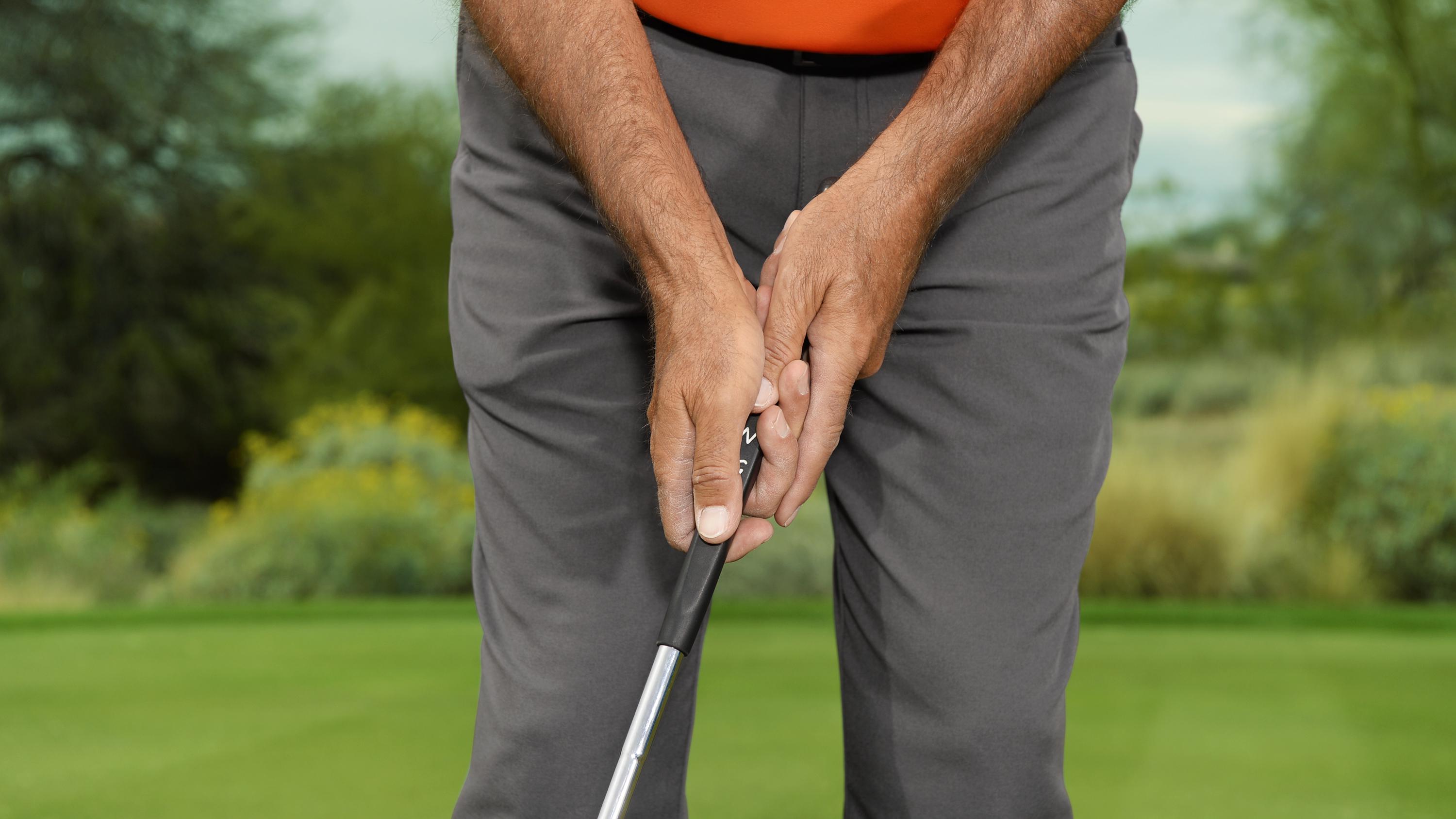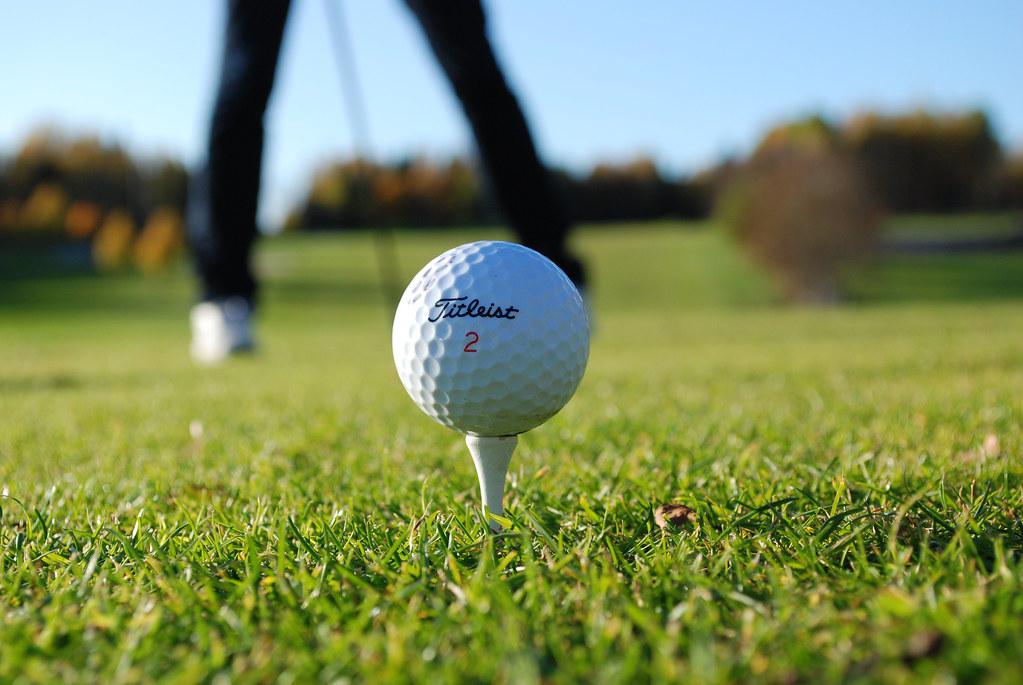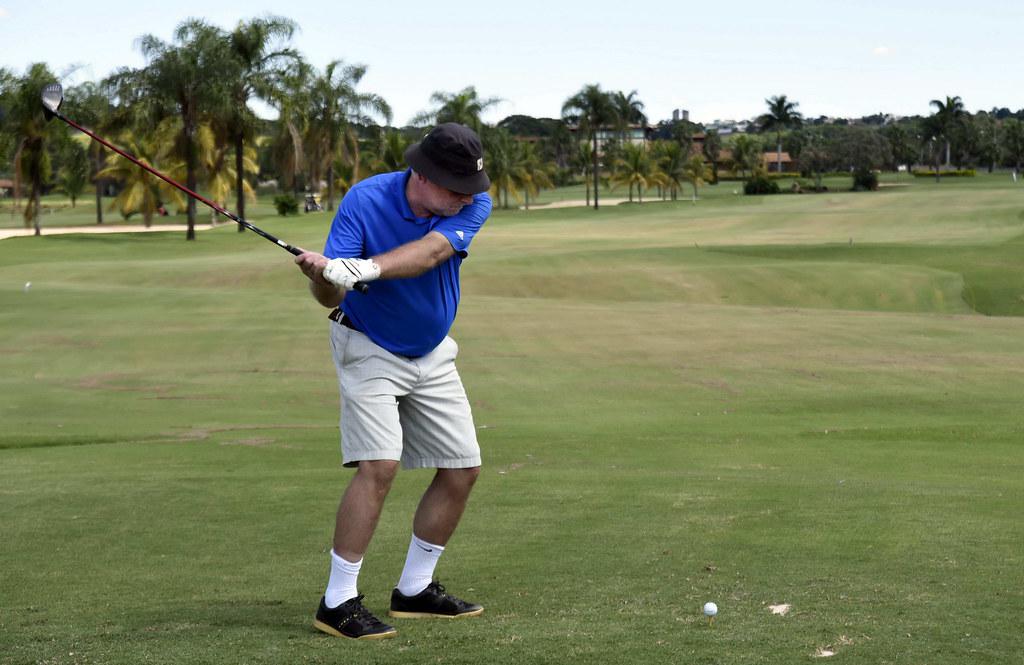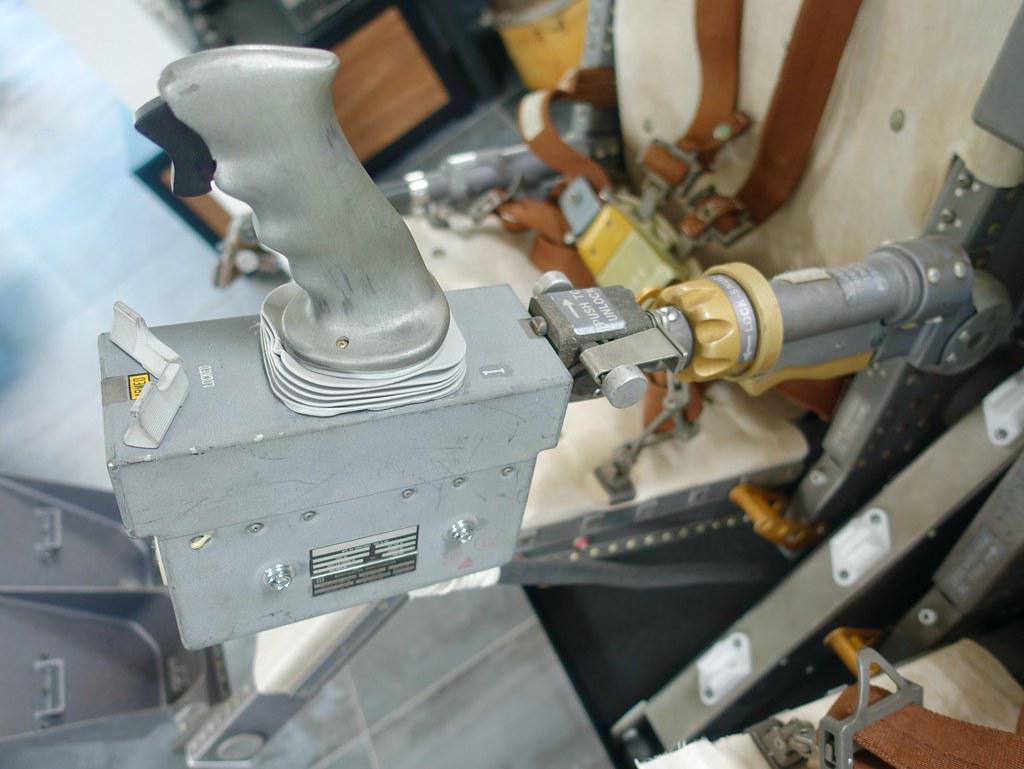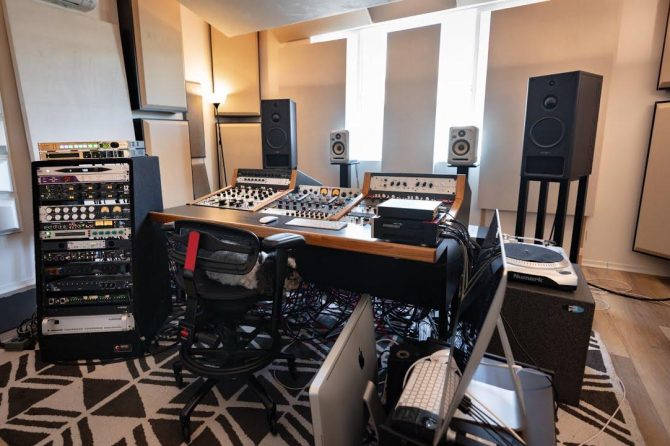Precision on the greens is a hallmark of successful golfers, and a consistent putting stroke is the key to unlocking this elusive skill. Achieving a repeatable and accurate putting stroke entails meticulous attention to the mechanics of the stroke, encompassing the grip, stance, backswing, downswing, and follow-through. By adhering to fundamental principles and cultivating technical proficiency, golfers can establish a highly effective putting stroke that elevates their game to new heights and solidifies their presence on the green.
1. Grip Position and Weight Distribution
##
The grip position plays a crucial role in maintaining control and consistency in your putting stroke. Hold the putter lightly with both hands, distributing the weight of the club evenly between them. Your hands should be relaxed, and the grip should not be too firm. The most common grip types used in putting are the conventional grip, the reverse overlap grip, and the cross-handed grip. Experiment with these different grips and choose the one that feels most comfortable and allows you to make a consistent stroke.
The position of the ball in your stance also influences the consistency of your stroke. Place the ball in the center of your stance, with your feet shoulder-width apart and your knees slightly bent. This will help you maintain a balanced and stable position throughout the stroke.
Maintaining a stable head position throughout the stroke is essential for consistency. Keep your head still and your eyes focused on the line of the putt. Avoid looking up or moving your head during the stroke, as this can disrupt your aim and affect the accuracy of your shot.
2. Stance, Ball Position, and Head Position
Establishing a consistent putting stance is crucial for accuracy and repeatability. The ideal stance is one that provides a firm and balanced foundation while promoting a fluid swing. This typically involves standing with feet shoulder-width apart, knees slightly bent, and the weight distributed evenly between both feet.
The position of the ball in relation to your stance also significantly influences your putting stroke. For most golfers, the optimal ball position is in the center of the stance, aligning with the line of the putt. This placement allows for a balanced setup and a consistent path for the clubhead.
maintaining a stable head position throughout the stroke is essential for consistency. The head should remain motionless, allowing the eyes to focus on the target line and ensuring that the clubhead follows the intended path without any unnecessary variations. This stability in the head position helps improve accuracy and reduces putting errors stemming from head movement.
3. Backswing and Height Consistency
###
The height of the clubhead at the top of the backswing directly impacts the distance and consistency of your putts. Maintaining a consistent backswing height ensures the clubhead travels the same distance each time, allowing for more accurate strikes.
-
Key points for backswing consistency:
-
Position your head directly over the ball, maintaining a stable position throughout the swing.
-
Take the club back smoothly and deliberately, lifting the clubhead to a predetermined height.
-
Practice swings without the ball to develop a consistent backswing rhythm and height.
-
Table: Backswing Height Consistency Impact
| Backswing Height Consistency | Impact |
|---|---|
| Variable | Inconsistent distance and accuracy |
| Consistent | Predictable distance, increased accuracy |
By establishing a consistent backswing height, you can optimize the distance and accuracy of your putts. This will significantly enhance your putting performance and help you sink more balls on the greens.
4. Downswing Accuracy and Acceleration
The downswing is a crucial phase in the putting stroke, determining accuracy and distance control. It should closely mirror the backswing, ensuring the clubhead travels along the same path. Maintaining a consistent head height and body alignment throughout the stroke helps promote accuracy.
Accelerating the clubhead through impact is another key aspect of downswing accuracy. This imparts energy to the ball, propelling it towards the hole with the desired speed. A smooth and controlled acceleration ensures that the clubhead maintains its path and does not decelerate prematurely, leading to a loss of distance or misalignment.
To achieve optimal , practice is essential. Focus on developing a consistent rhythm and tempo in your stroke, paying close attention to maintaining a stable head and body position. Additionally, gradually increase the distance of your putts to progressively challenge your ability to control the speed and accuracy of the ball.
| Feature | Key Principle |
|---|---|
| Backswing Mirroring | Follow the same path and height as the backswing |
| Consistent Acceleration | Increase clubhead speed smoothly through impact |
Once the ball has been struck, the follow-through is just as important as the backswing and downswing. The goal is to ensure that the clubhead continues to move in the direction of the target and that the hands and arms remain stable. This will help to prevent the ball from straying offline and will also improve distance control. Here are a few tips for improving your follow-through:
-
Keep your head down. Looking up too early can cause you to lift your head and lose your focus on the target.
-
Keep your hands and arms moving in the same direction. Don’t let your hands or arms cross the line of the putt. This can cause the ball to hook or slice.
-
Finish your stroke with your clubhead pointed at the target. This will help to ensure that the ball is rolling in the correct direction.
Follow-Through Checklist
- Keep your head down.
- Keep your hands and arms moving in the same direction.
- Finish your stroke with your clubhead pointed at the target.
- Relax your grip and allow the club to follow through naturally.
- Focus on the target until the ball reaches the hole.
Common Follow-Through Errors
- Lifting your head. This can cause you to lose your focus on the target and can lead to a missed putt.
- Crossing your hands and arms. This can cause the ball to hook or slice.
- Stopping your stroke too soon. This can cause the ball to roll too short.
- Pushing the club with your hands. This can cause the ball to roll too hard.
- Pulling the club with your arms. This can cause the ball to roll too softly.
By meticulously adhering to these principles, golfers can master the mechanics of a consistent putting stroke, fostering accuracy and reducing variability on the greens. This enhanced stroke will result in a more dependable and prolific performance on the putting surface, leading to a significant improvement in overall golf scores.

